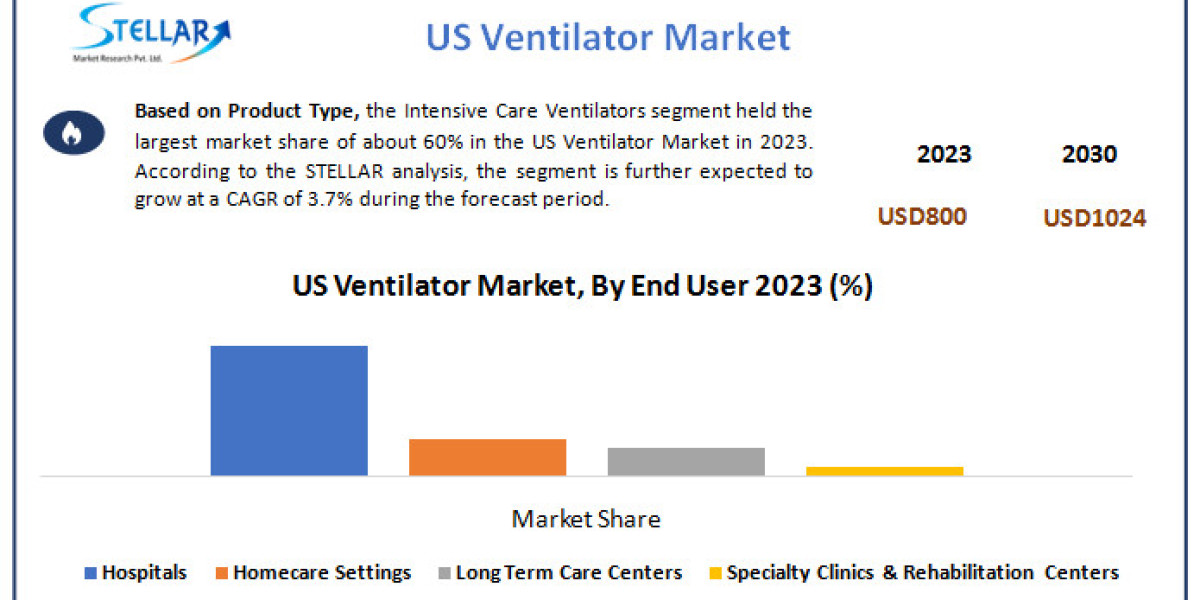In the fast-paced world of eCommerce, data is the foundation of success. Analytics, when used effectively, provides insights that drive better decision-making, improve customer experience, and increase revenue. However, many eCommerce businesses struggle to make the most of their analytics tools. This blog will explore how to effectively harness analytics for your eCommerce website.
1. Understand the Importance of Analytics
Analytics helps you:
Track customer behavior: Learn what your visitors are looking for, which pages they spend time on, and what drives them to purchase.
Optimize conversion rates: Identify roadblocks in your sales funnel and implement data-driven strategies to overcome them.
Enhance personalization: Deliver tailored product recommendations and offers based on customer preferences.
2. Set Clear Goals and KPIs
Before diving into analytics, define your objectives. Some key performance indicators (KPIs) to consider include:
Conversion rate: The percentage of visitors who make a purchase.
Average order value (AOV): The average amount spent per transaction.
Customer acquisition cost (CAC): The cost of acquiring a new customer.
Customer lifetime value (CLV): The total revenue a customer is expected to generate over their lifetime.
3. Choose the Right Tools
There are several powerful analytics tools available for eCommerce businesses, including:
Google Analytics: A versatile tool for tracking website traffic, user behavior, and conversion metrics.
Heatmaps (e.g., Hotjar): Visualize how users interact with your website to identify usability issues.
Ecommerce-specific platforms (e.g., Shopify Analytics): Provide in-depth sales and product performance insights. Select tools that align with your business needs and integrate seamlessly with your eCommerce platform.
4. Leverage Customer Segmentation
Not all customers are the same. Use analytics to segment your audience based on factors like:
Demographics: Age, gender, location.
Behavior: Frequency of purchases, browsing habits.
Source: Organic, paid, referral traffic. Segmented data allows you to create targeted marketing campaigns that resonate with specific customer groups.
5. Monitor and Optimize the Customer Journey
Understanding the customer journey is essential for improving the shopping experience. Analytics can reveal:
Entry points: How customers arrive at your site (e.g., search engines, social media).
Drop-off points: Pages where users abandon their journey.
Conversion paths: The steps users take before completing a purchase. Use these insights to streamline navigation, improve page load times, and address pain points.
6. Utilize Predictive Analytics
Predictive analytics uses historical data and machine learning to forecast future trends. For example:
Inventory management: Predict demand for products to avoid stockouts or overstocking.
Churn prediction: Identify customers likely to stop purchasing and engage them with targeted offers.
Personalized marketing: Anticipate customer needs and recommend products they’re likely to buy.
7. Track and Analyze Marketing Campaigns
Measure the effectiveness of your marketing efforts by:
Tracking ROI: Calculate the return on investment for campaigns.
Analyzing traffic sources: Determine which channels (e.g., email, social media, PPC) drive the most conversions.
A/B testing: Test different variations of ads, landing pages, and email designs to find the most effective strategies.
8. Focus on Mobile Analytics
With mobile commerce on the rise, ensure your analytics strategy includes mobile-specific insights. Monitor metrics such as:
Mobile conversion rates: Compare them to desktop rates and identify discrepancies.
Mobile site performance: Measure load times and usability.
App engagement: Track usage patterns and in-app purchases if you have a mobile app.
Conclusion
Analytics is a powerful tool for eCommerce success, but its effectiveness lies in how you use it. By setting clear goals, leveraging the right tools, and continuously analyzing and optimizing data, you can stay ahead of the competition and provide a seamless shopping experience for your customers. If you’re looking to build or enhance your online store, Ecommerce Website Development can play a pivotal role in integrating and maximizing the potential of analytics for your business. LN Webworks is here to help you create data-driven eCommerce solutions tailored to your needs















